Eve Lyons and Matthew Leifheit
Eve Lyons has been a photo editor at The New York Times since March of 2014. She is the founder and producer of “The Look” a visual-first column that examines identity, community and culture on a global scale.
Matthew Leifheit is a photographer and the editor of MATTE magazine.
Eve Lyons and Matthew Leifheit photographed by Molly Matalon
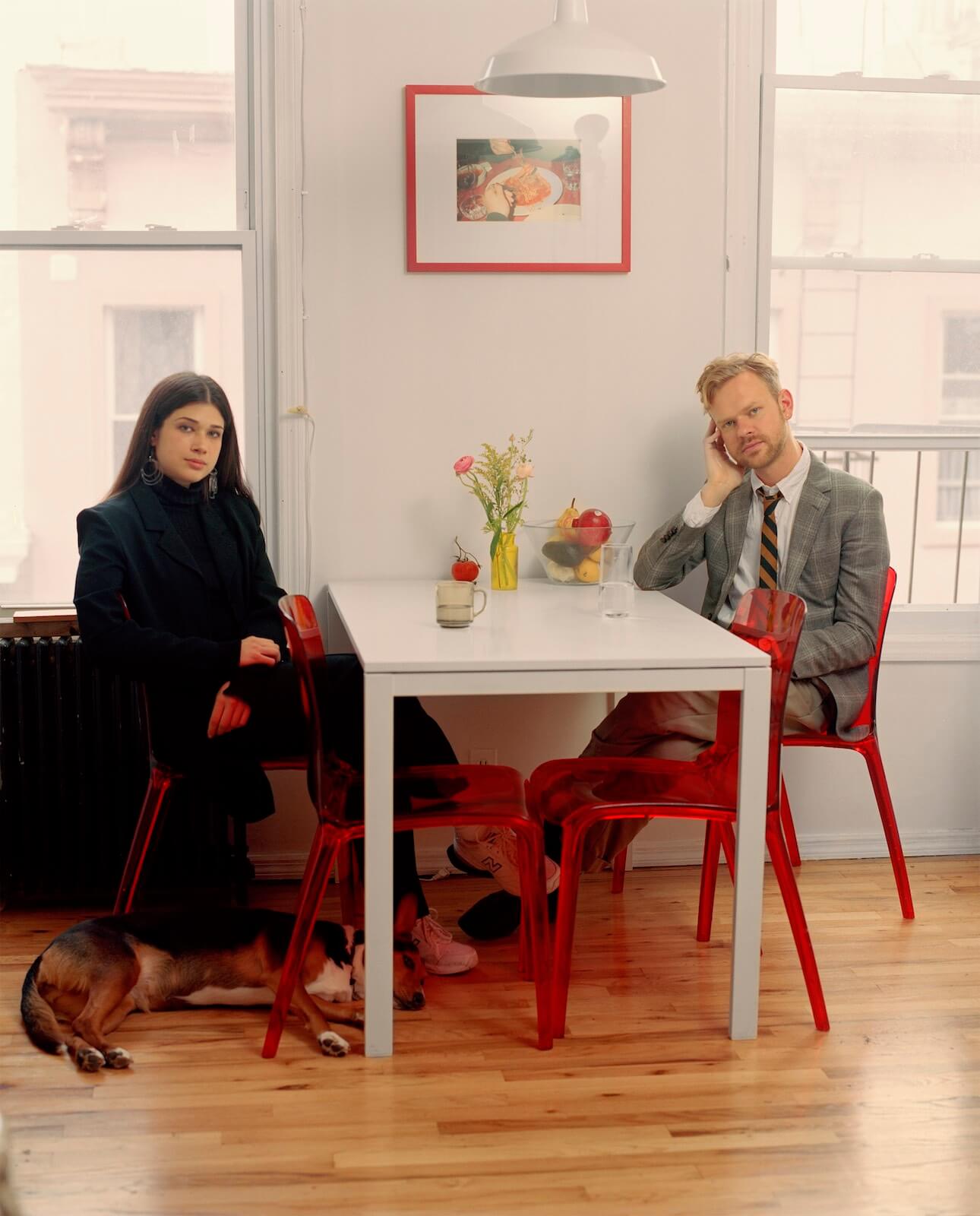
“I should have a core as an artist and a human being that is not my day job”
Matthew Leifheit: So, this series of photography conversations is called “Money Talks” and you were just saying that maybe editorial work is a difficult way to make a living.
Eve Lyons: I think photographers have to see themselves as multifaceted, especially now. You have to see what the benefits of each medium within photography are. With editorial work, for example, the benefits are not what you’re being paid. It’s maybe, for instance, relevance, being seen, finding yourself in a new situation that challenges your art practice. Whereas commercial work, it allows you to get paid to do personal projects but maybe isn’t something you want to put in your book.
ML: What are the other things that people need to do? Do you think people need to have an art practice that these other things ideally supplement or branch out of?
EL: I think they can all inform one another and it depends who you are. I mean, you for example, teach, you publish, you make artwork and also do editorial commissions. Have you done commercial work?
ML: Nobody has ever asked me!
EL: Maybe commercial work isn’t where you’d find the money to fund the art practice. Then there are people who have goals of just doing commercial work as well. But I think that publishing MATTE Magazine and teaching must influence what you’re shooting and vice-versa. Photo editors also have to think of themselves in the same way. I need my creative projects and community outside my current job because that helps me stay relevant in terms of how I’m hiring people or editing photographs.
ML: Something that Geordie Wood told me is that he likes to have “some skin in the game.” When he was Photo Editor of The Fader, he also shot a lot of assignments for them. I also would always like to have my own projects going always, whether it be photographs or publishing or writing. I should have a core as an artist and a human being that is not my day job.
EL: He’s interesting because he was a photographer, and then became a photo editor, and then back to photography. I’m sure Fader helped him evolve as a photographer. I also started as a photographer, but went into photo editing because I liked too many different types of photography, and so it was hard for me to limit my aesthetic to something that was visually consistent. In this role I can work with many different types of visual storytelling, which has been more satisfying for me.
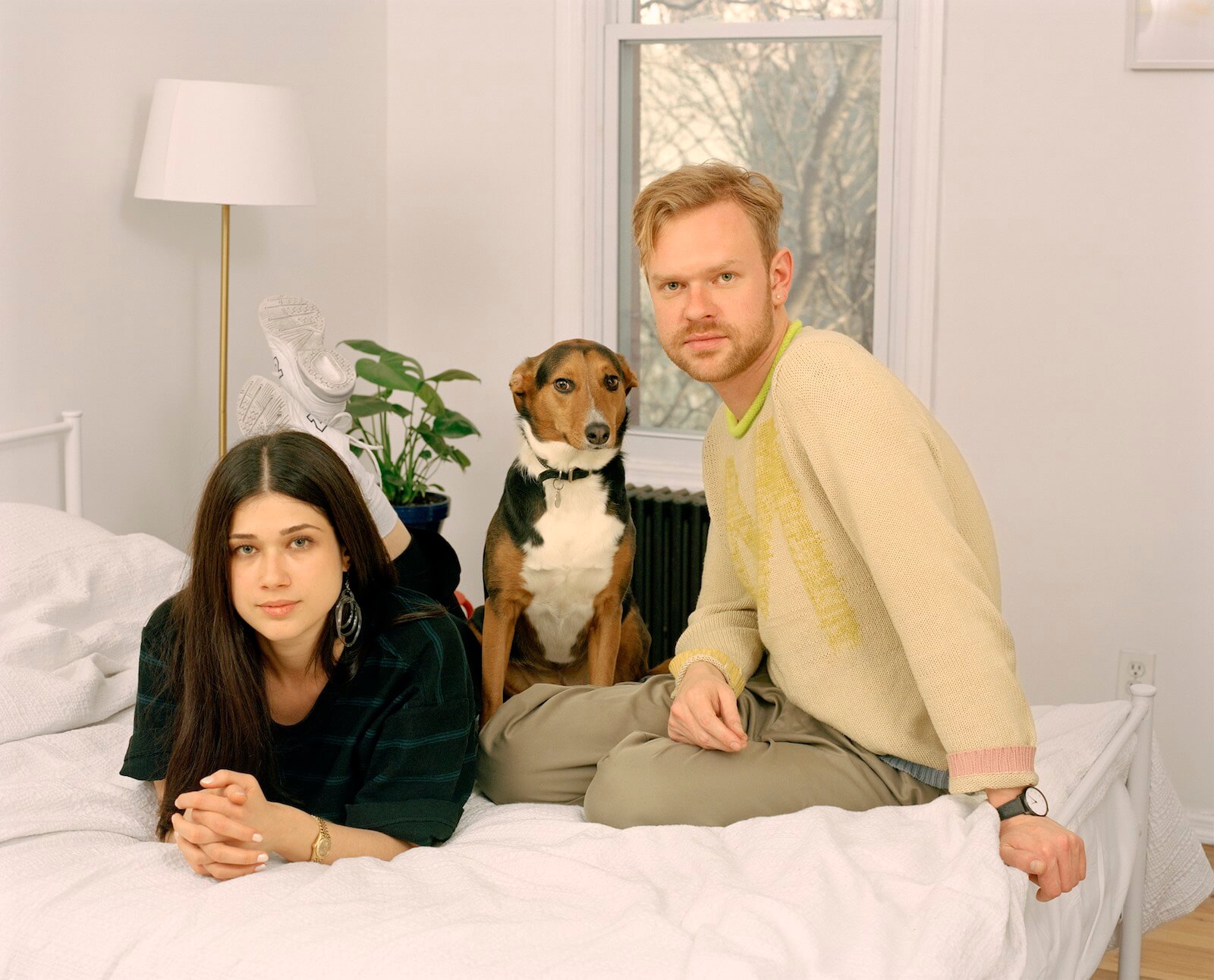

ML: Hopefully we should all be able to express ourselves in different ways at different times. But since one objective of this conversation is to discuss “what is the future of photography?”, that is an important point—artists have to become polymaths. I have been saying that for years, that the Chelsea system is failing and that not many young artists are benefitting from that. So when I am asked “what is the new way things work?”, I don’t actually know what to answer. I think hopefully we are sort of making it. But I do see a commonality among the new artists I admire who are also gaining traction, and they do a multiplicity of things. A lot of them are showing at independent galleries or project spaces, which are not the same as institutionalized blue chip galleries, and especially in the case of photography, it can not generate the revenue for an artist to sustain their practice on sales alone. So, as a product of that, some support their art with graphic design or retouching or assisting, real estate or a previous degree in accounting, not to mention marriage or independent wealth. Most of them do some amount of editorial work if it comes along and fits their practice. I have only a couple of friends who regularly do advertising jobs, one under a pseudonym, the other as part of her art practice. I teach and do freelance jobs. Whatever the case, as more and more people can create a competent image or could shoot an assignment and come out with something that is OK, I think the increasingly valuable thing is a unique vision.
EL: The accessibility of image-making now allows anyone to be a photographer so what you are saying in your work or the point of view becomes vital in order to stand out. When I see beautiful photographs but the artist clearly isn’t trying to say anything with them, it means less to me.
ML: Right, not good enough! But I think at the same time, if you do have a particular vision that you’re trying to express or something you want to communicate, the channels are more open than ever before. I hear a lot of editors and curators say they discovered artists on social media. And at one point, I thought that was lazy. But increasingly I think it’s a valid way of discovering new artists, in some ways a more democratic system where there is a lower bar to entry than on many other platforms.
EL: I have mixed feelings about Instagram but I do think it’s an interesting way for me to see trends that are happening, or how photographers are interacting or collaborating with one another.
ML: What do you think is happening now?
EL: That is a hard question. We go through these waves of trends, always multiple trends happening at once. It’s hard to recognize them until enough time has passed but I believe they are all continuously informing and evolving off one another. Roe Etheridge comes to mind as a photo influencer when I was in college. His still lifes were interesting to me and how he applied those sensibilities to fashion/commercial work. It’s similar to maybe how David Brandon Geeting, Molly Matalon, Caroline Tompkins, etc. are able to maneuver between personal and editorial. I wonder if Roe was a reference for them but regardless, it seems as though the trends of personal work, as it evolves or changes, is informing editorial images simultaneously and maybe this is where it gets more interesting.
ML: Well, I think all of those people are also open to including editorial or commercial images as part of their artwork.
EL: And also the Ryan McGinley moment, that sort of dreamy aesthetic.
ML: Yeah, that moment’s been going since 2003.
EL: (laughs) Well I remember in college, which was 2006, what he was doing seemed very different at the time. It seemed like something I hadn’t seen before. But actually since Instagram has come along, the echo chamber of imitation works much more quickly.
ML: Oh, that’s interesting.
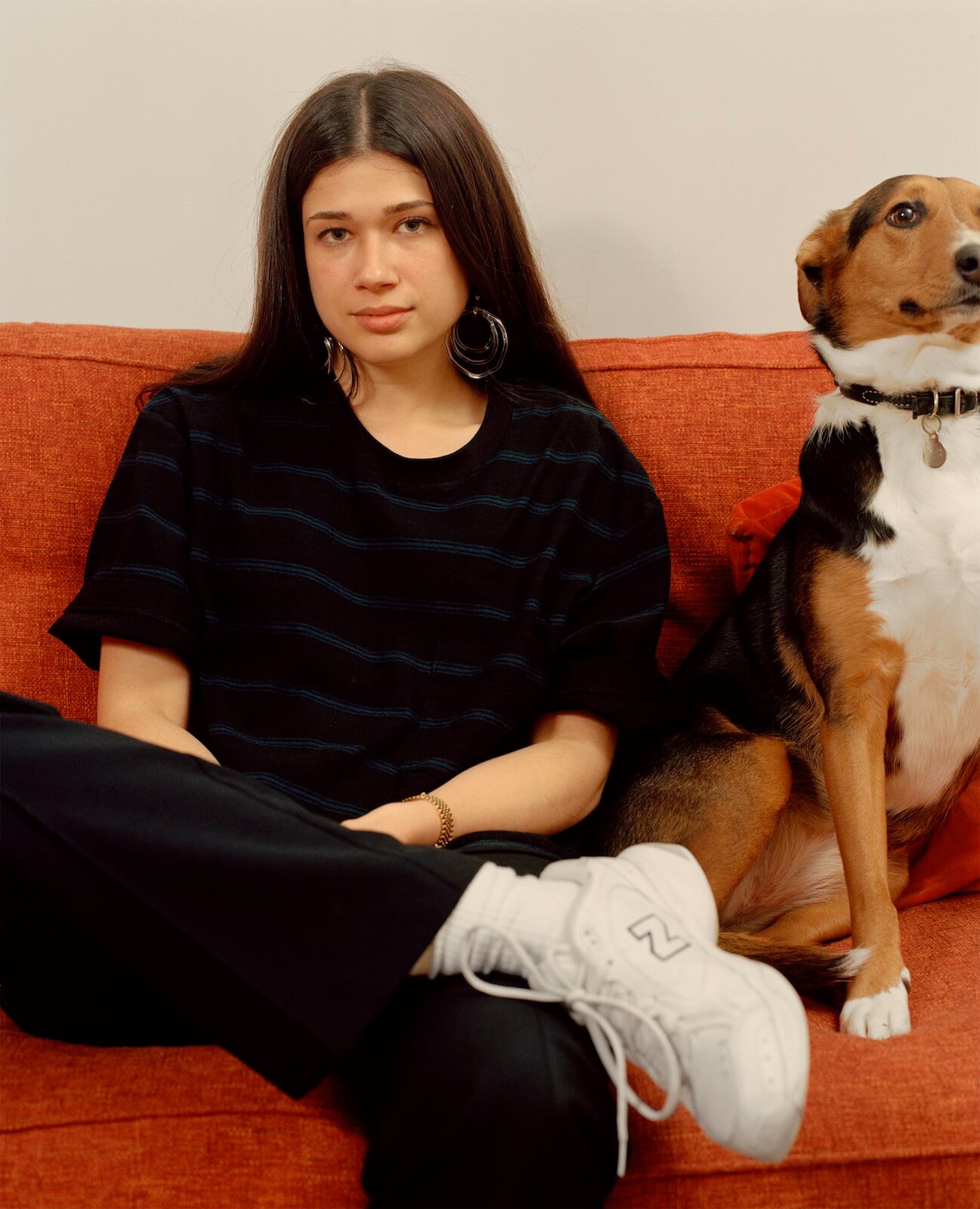
“You always have to be thinking about how you can be one step ahead of your imitators.”
EL: People can catch on a lot more quickly as well. It creates pressure to evolve more rapidly, to continually keep changing, you can’t stay in your comfort zone. You always have to be thinking about how you can be one step ahead of your imitators.
ML: For me, Dru Donovan and Elaine Stocki were artists whose work I saw in undergrad school that really seemed to me like a revolution, or at least something I had certainly not seen before. Which was probably about the same time, 2006. And recently someone accused me of making low contrast black and white pictures like Dru’s often are. But I guess I hold onto this old idea that my influence is also my photographic heritage, and if some of my pictures might have some aesthetic relationship to Dru’s I would consider that a compliment because I have learned a lot from her work. But I like the idea that now imitation can happen more quickly, and ruin our chance to savor the original.
EL: I want to circle back to being multifaceted! I wonder how being an artist in 2019 is different than 1990 or 1980? I wonder if it was easier to be able to focus on just a practice of photographing, and not have to think of yourself as a curator, eduator —
ML: — and a publisher and an editor and designer and someone who does PR for yourself, I think so! There were less artists working in photography at that time to the point where anyone used to be able to bring a box of your prints to John Szarkowski at MoMA and he would actually look at them. And now it’s not an open portfolio review at MoMA anymore, so you need to do many different things in order to be seen. And partly, it’s because we can do so many things—I can sort of edit videos with Adobe Premiere. I can do basic graphic design and not need to know how to set physical type or register layers of acetate transparency. And there’s two sides to that, because not knowing how to use the tool in the way it traditionally has been used can lead to invention, but it also leads to photographers designing their own books and it leads to photographers designing their own books in cases where they should have chosen to work with a designer, or people self-publishing books that didn’t need to get published, inept video art, etc.
EL: It’s important to understand when a collaborator can really benefit you. It depends on what you’re doing. For me at my job, it’s good to recognize when someone has a similar vision but a different skill set. Those people can become collaborators and the project will become that much more powerful. It has something to do with ego as well, where people are like, “this is my project so I have to do everything on my own and put my name all over it” and I don’t know if that necessarily serves artists well. Maybe sometimes.
ML: That’s something that I love about photography, is that I could go out and do a whole project by myself.
EL: Yes, absolutely.
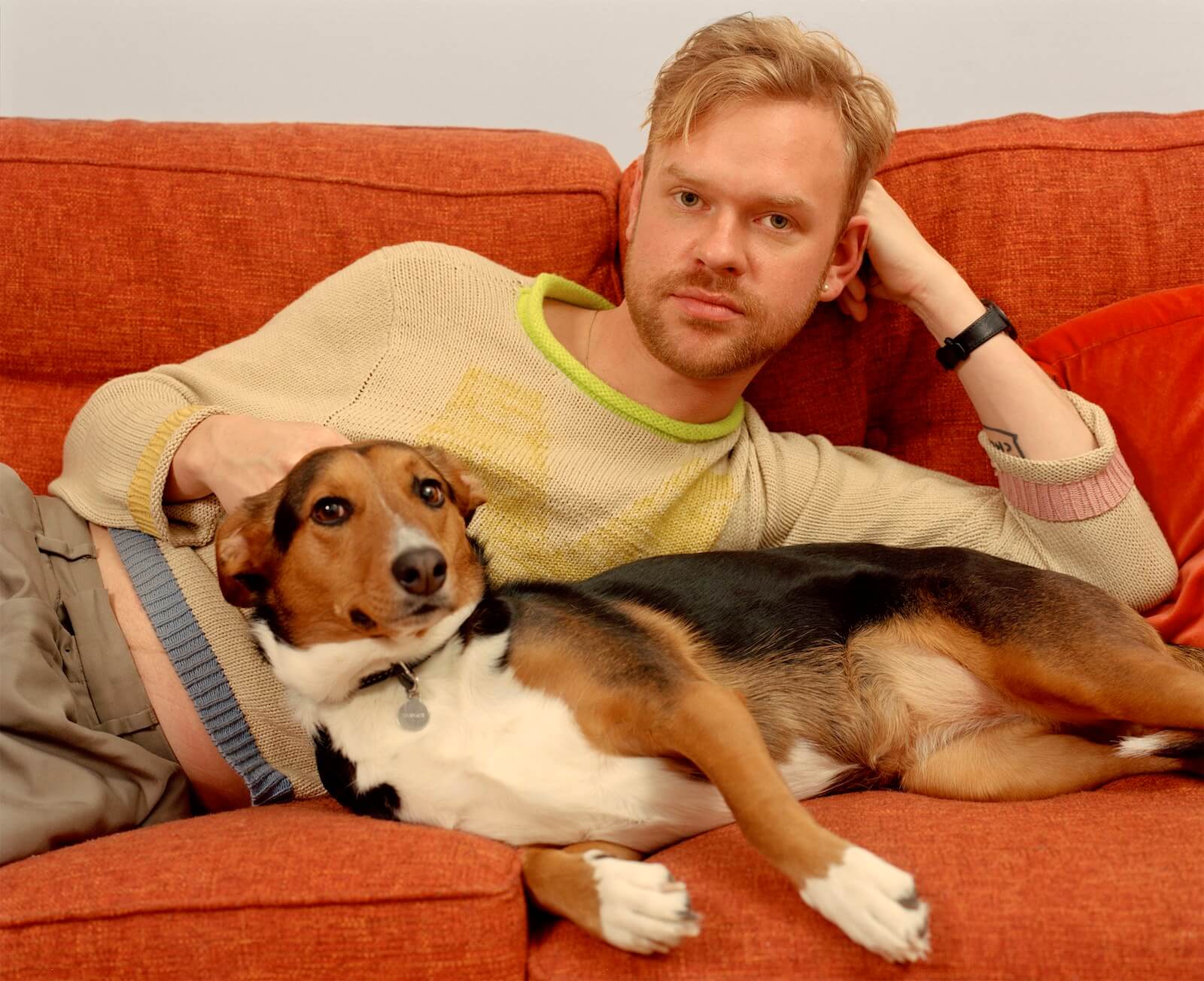
EL: I want to go back to discussing money. When I started photography, it wasn’t something I thought would ever make me a lot of money. There are financially successful photographers, obviously. But it’s not like going to business or law school where there is more financial potential.
ML: No, I think I signed up for a lifetime of poverty and struggle. But on top of that, do you think it’s harder to make an iconic, indelible image than it has been before?
EL: I don’t think it’s harder to make an iconic image, but its lifespan is shorter. People move on from it faster. But I guess something I think about when I’m editing is what that photo will look like in 20 years. It’s exciting to think about an image on a grander scheme, beyond that exact moment.
ML: The reasons people are drawn to a photograph are also based on the times.
EL: I read this book called Photography Between Covers by Thomas Dugen that was a series of interviews with photographers published in 1979. A few of the photographers referenced a show they’d seen of Edward Weston’s work in response to the question “how did you get into photography,” That was funny to me because Edward Weston has never moved me in any type of way. He has some beautiful photographs but to think that people found that so different and ahead of the curve put some things into perspective for me. Photography’s history is relatively short but has evolved quite quickly.
ML: Still, we clearly both believe someone could go out on the street, using the most conventional of means and make something completely new. Daniel Arnold, who you have commissioned extensively, is a good example of that. He’s using 35mm film and a Leica outdoors and I don’t feel like his work is burdened by the history of street photography, instead that history elevates his pictures. I don’t think we should have to feel burdened by the accomplishments of those dudes from the 70s because it’s still possible to go out and make something new. And not even showing the tools of Photoshop or screenshots of the internet or whatever, because the world outside changes and maybe that’s enough.
EL: Daniel became a photographer on Instagram. That’s how he became known. And if Instagram wasn’t there, would he have been able to cultivate his audience the way he has?
ML: Yeah if he had taken that work to whatever crypt keeper at a Chelsea gallery or whatever museum he could have contacted, maybe they would not have been able to recognize his contribution because of the continuing dominance of 1970s street photography.
EL: Social media is really where we saw his work first, not in print or gallery shows. That’s pretty cool, that he coined a way of doing that. Instagram is an interesting tool. I started a series under the hashtag #yellowbooth on my account and probably some people find it annoying but it’s a way for me to give visibility into my work and for photographers to connect with one another.
ML: Yes! Photography is not the field to get into if you are trying to strike it rich, in my experience. I think you have to get into it out of some sort of compulsion, or passion maybe is a nicer way to put it.
EL: Or even obsession, passionate obsession. I didn’t get into photography because I thought it would make me millions of dollars, although of course I realize there are financial realities about the medium that can not be ignored. And believe me, I feel for freelance life. It’s such a hustle and obviously people need to be paid for their work. I was driven to work within this field because of my passion for photography first and then survival felt secondary. It is important for me to work with photographers who have that same passion for image making. That’s when photos feel the most authentic.
ML: I would like to believe that if you are determined to make photography your life, there is hopefully a way to make that happen.
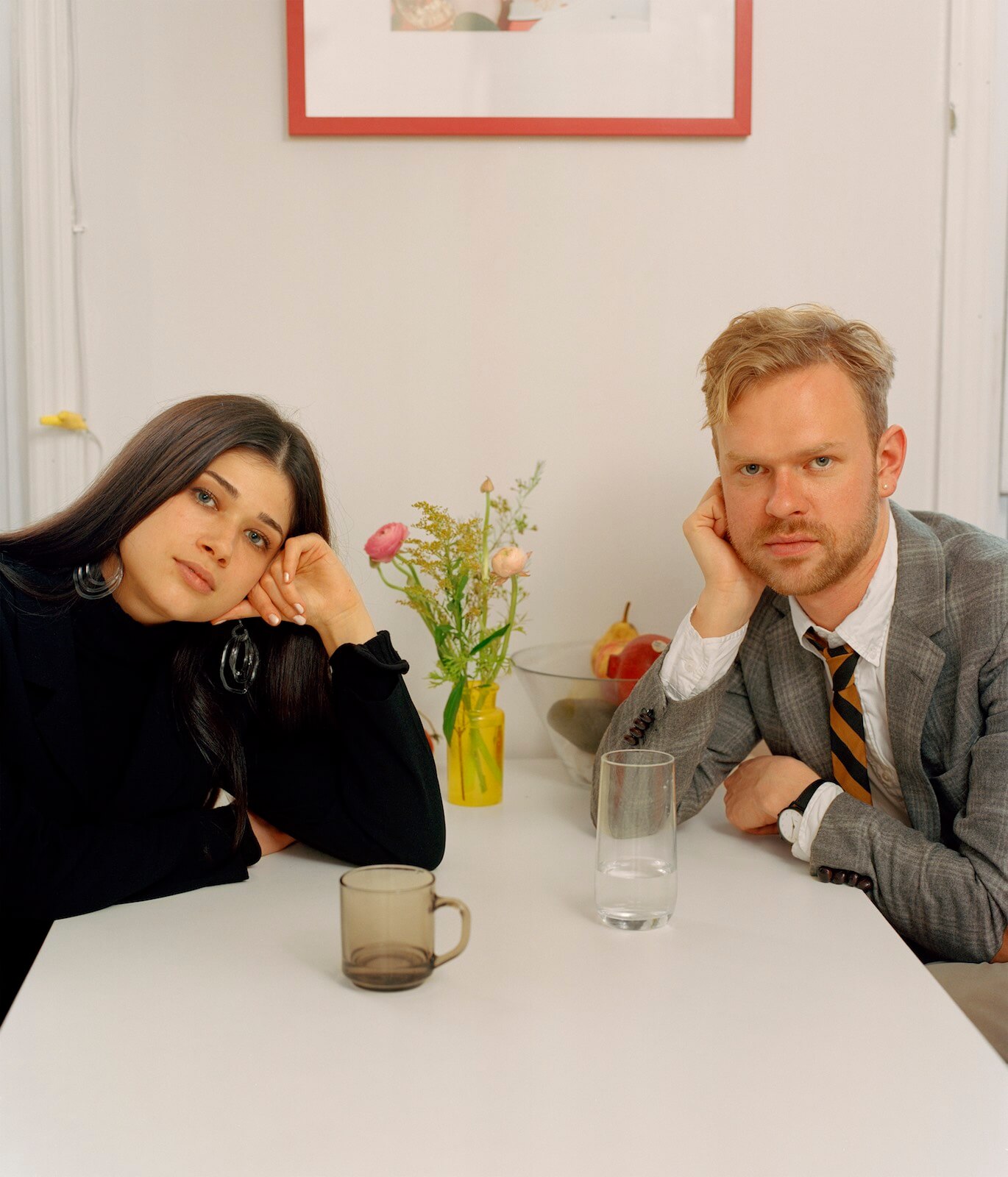
“On one hand, you shouldn’t get into photography for the money, but on the other hand, people have to live.”
EL: There is so much space for it, endless space. And like I said, there are certainly ways to make money in photography, but maybe that shouldn’t be the drive. If that is the drive, I guess you could go into advertising or commercial photography—
ML: And even then, I would like to think that if Apple or some corporation is going to pay someone a billion dollars to do their photos it should be an artist who could use that to sustain their practice. I’ve actually never met any of these people who are just commercial photographers who only have only technical or marketing concerns and are not harboring some kind of artistic other ambition, and I don’t want to. If I am being honest, I hate the idea that they even exist.
EL: I don’t know, everyone wants something different out of photography. But in terms of money, it’s important to try not to approach every situation as a money situation. What you get out of editorial work is not necessarily a lot of money, but relevance and visibility to push your boundaries on assignment. Or access, and being in a cool situation that you might not have thought you would be in. I love seeing when a photo I commissioned leads to a job with Apple or something like that for a photographer, or someone repurchases that photo for a high rate and the photographer gets to make some extra cash. In many cases, these experiences lead to other opportunities, and it is all part of the story you’re building. So, if you’re only making $450 for a two hour shoot, but it’s a portrait of Rihanna, that will likely be beneficial for the artist’s career. That is an extreme example.
ML: As a photographer, I just enjoy the process of going into a new situation and trying to make interesting pictures. I think that if it’s the right kind of an assignment there is always something the photographer can get for themselves while working within the constraints of the assignment, budgetary or otherwise. But as an artist, I feel like there are a certain amount of things I would like to express before I die. And so increasingly, I feel there isn’t time to be doing things that are completely outside my particular set of interests. But still, I feel that a curious person with their own vision should be able to find something interesting, at least to themselves, in most any situation.
EL: We live in a city that’s crazy expensive, and in a time when it’s not easy to live on rice and beans. When I hear my grandparents talk about photography in the 1960s and 70s in Rochester, nothing was for money, there was no money to be had. That wasn’t ever part of the narrative of photography at all in their circle.
ML: It just wasn’t a prospect, there wasn’t a market.
EL: They were people who just loved this academic photography talk and sharing ideas about photography, people who loved and drew energy from photography. It’s not realistic to say that’s the time we live in, and we live in New York. And since most of us don’t come from trust funds we have to pay our rent and pay our bills. But I think it’s important to have a balance, because it’s easy to let that struggle run your intentions and your goals. This is a hard conversation because on one hand, you shouldn’t get into photography for the money, but on the other hand, people have to live.
ML: Yes, and we also don’t have children or other obligations like that. I see a lot of artists who have to start making compromises to support a family or a lifestyle or even a relationship, which I totally respect. But I actually put my art practice before almost everything in my life. Like my health or personal relationships for example. And if it really came down to it, I think I would rather move to Boise or Topeka or wherever and live above a strip mall and work some stupid job just to be able to keep making my own photographs. I would rather do that than do a lot of things I didn’t care about to have a nicer apartment or live in New York or make another human being or whatever it may be. I am just trying to make a masterpiece. This is sounding really self-righteous! But I think it’s true that I would rather blow up my life and go live in a trash can than stop making the art I want to make.
EL: The other concept we haven’t really touched on, in terms of the future of photography, is that a lot of inventions or creations are going to come into the conversation that we don’t know about yet. For example, Instagram or digital cameras, I’m not sure we initially realized how drastically they’d change the landscape of photography. And I guess the common theme between both of these examples is accessibility. Will photography become more and more accessible? And what will that look like? It’s hard to predict what will come next, but there will certainly be more unknowns that will completely change the game and not just how we shoot images but also how we absorb them.
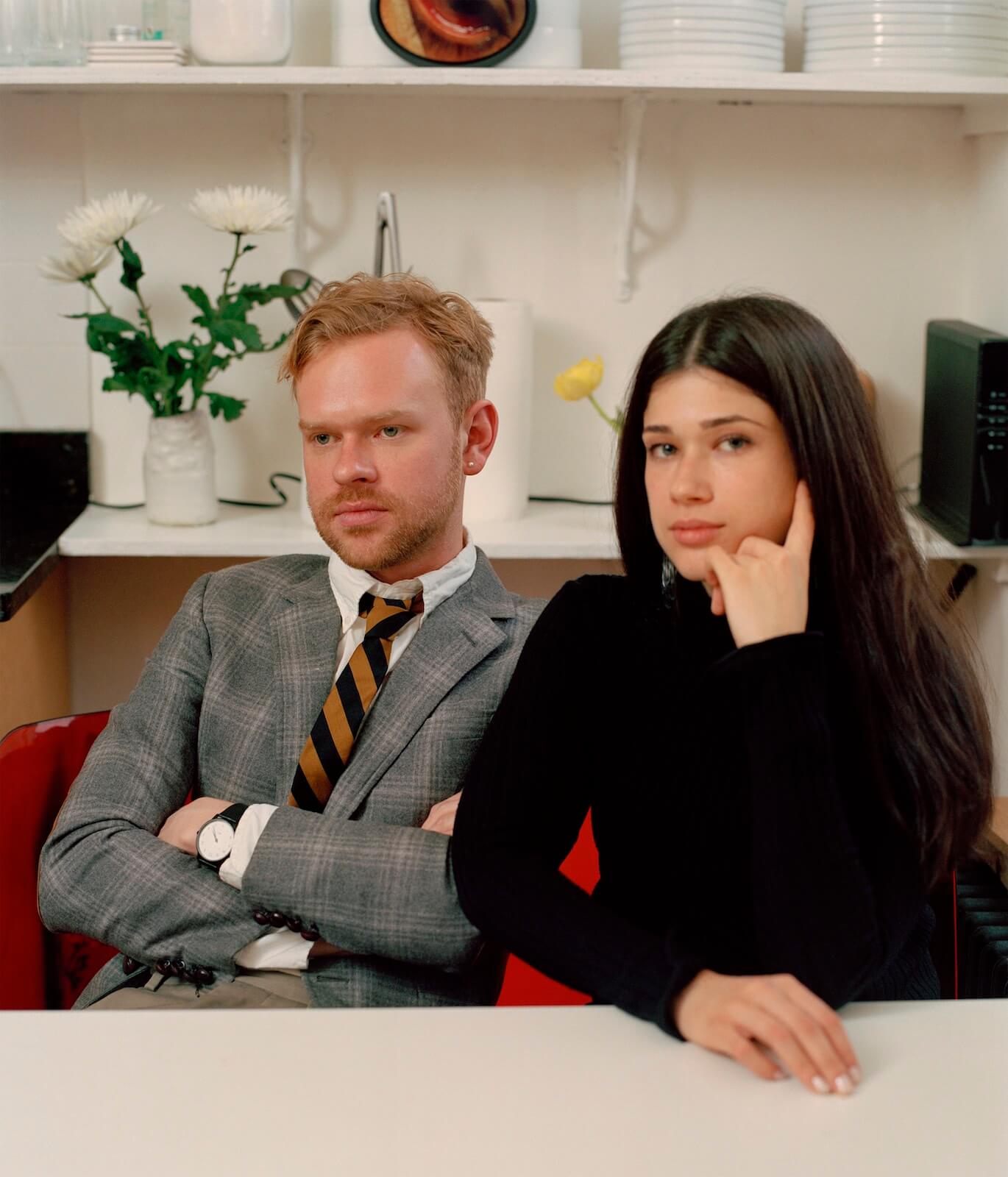
Rocket Science has been featuring the best in contemporary photography since 2016 through interviews, conversations, studio visits and essays by photographers, writers and artists. Your donation to Rocket Science directly supports new artistic content in the pages of Rocket Science and helps us pay our contributors fairly.
